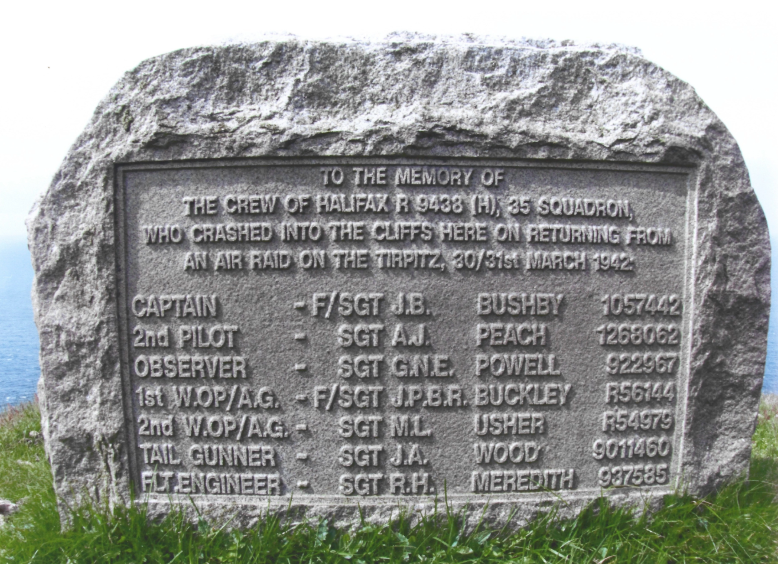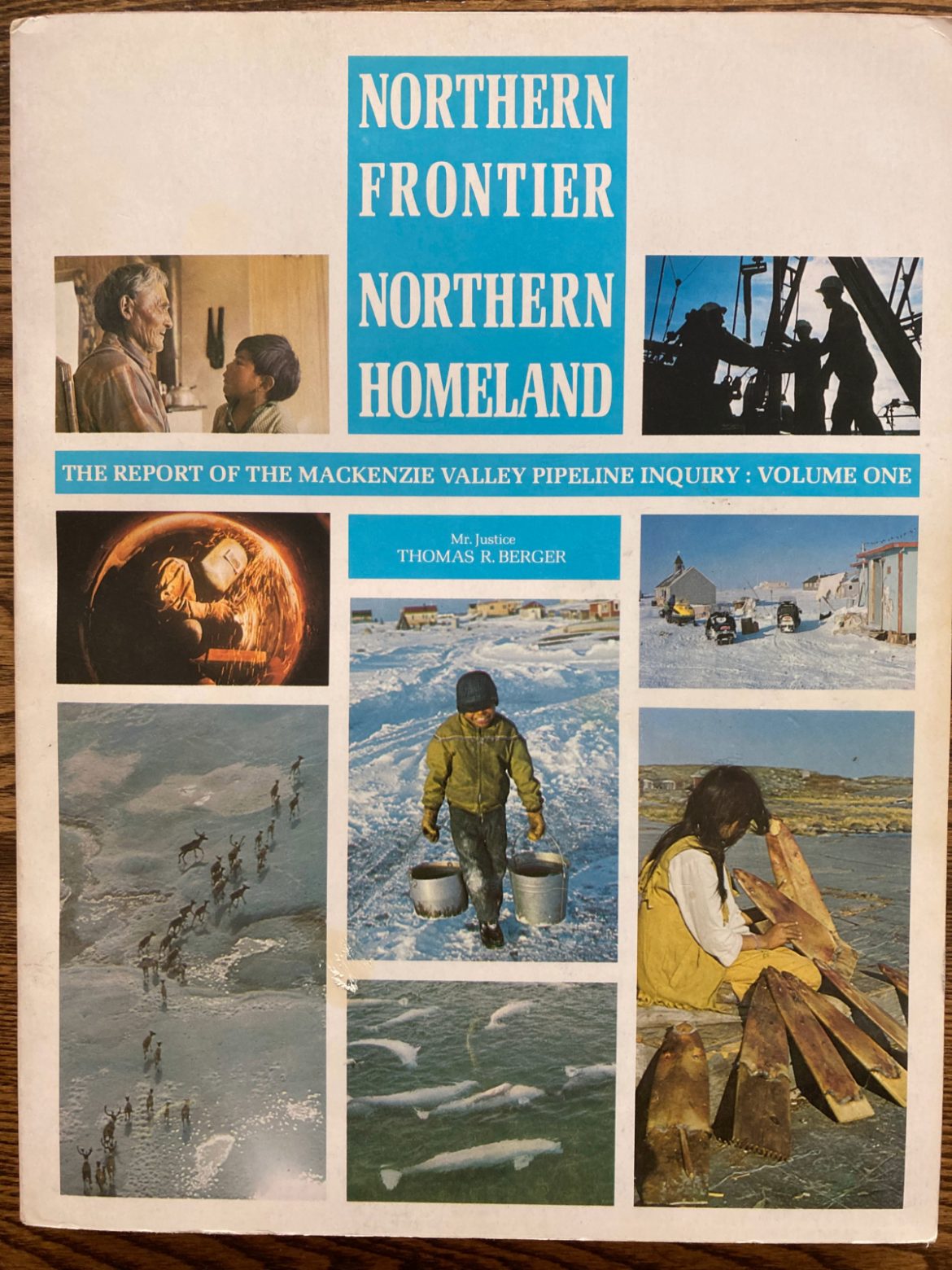On This Day – 1 November 1940
William Henry Nelson, decorated bomber pilot and the only Canadian Spitfire Ace in the Battle of Britain, was shot down 85 years ago today. His airplane crashed in the sea in the English Channel, and neither he nor it were ever found. He was, as has been written, a man of many talents. Few men flew as…
Read more

